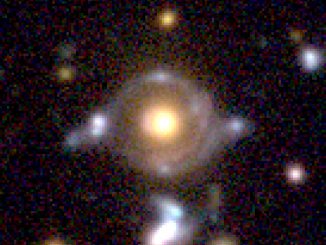
Chorus of black holes sings in X-rays
Supermassive black holes do not give off any of their own light, hence the word “black” in their name. However, many black holes pull in surrounding material and emit powerful bursts of X-rays. Collectively, these active black holes can be thought of a cosmic choir, singing in the language of X-rays. Their “song” is what astronomers call the cosmic X-ray background.









